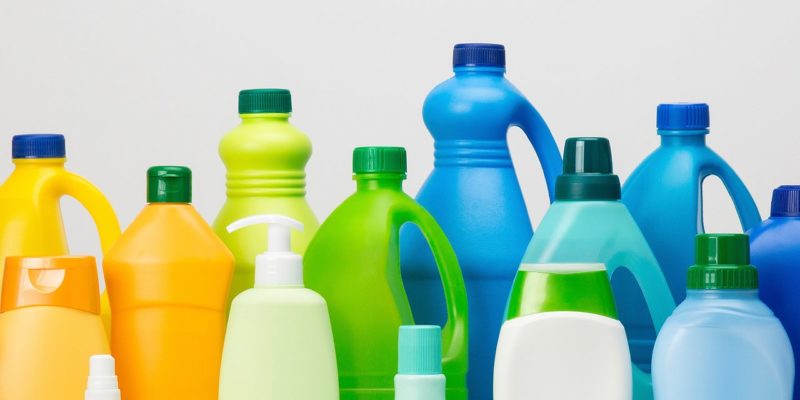“Biodegradable” Plastic Packaging Won’t Save the Beauty Industry
But there’s even more to consider: For example, if a plastic pump includes metal (which almost all do), it can’t be processed. (This is something some brands like Love Beauty and Planet are addressing with new designs.)
“Another uncommonly known fact is that dark plastics — such as black, navy, or dark brown — cannot often be seen by sorters in recycling facilities and so they end up in landfills,” says Sarah Dearman, vice president of circular ventures for The Recycling Partnership. Also a problem for sorters: small packaging. According to TerraCycle’s Szaky, nothing smaller than two-inches cubed is ever going to be recycled — that’s pretty much every cap, lid, and a lot of beauty minis.
At the end of the day, recycling is a business. Recycling plants will only recycle what they can recycle at a profit — things like large pieces of clear plastic, clear glass, and aluminum. “The question is really not can something be recycled, but will it be,” Szaky said at a recent sustainability summit.
When plastic is recycled, there are still a couple of catches.
We are by no means suggesting you give up on trying to recycle the plastic that comes into your life. Even a nine-percent recycling rate is a lot of plastic that avoids a landfill. In 2018, for example, just in the U.S. alone, 7.9 billion units of rigid plastic were created for beauty and personal care products, according to Euromonitor International.
What’s nine percent of that? 711 million units of rigid plastic. Plastic isn’t endlessly reworkable, though — most plastics can only be processed once or twice. Recycling plastic essentially downgrades its resulting quality every time it is put through the process — and that means virgin plastic may have to be added to make a “recycled” package functional.
And, of course, there needs to be a demand for post-consumer recycled plastic for it to have anywhere to go. With reports of large amounts of plastic being incinerated or sitting in storage due to lack of need, this has been a real problem. However, with more companies working with recycled material very slowly increasing, there is some hope for the future.
“Biodegradable” plastic very often… isn’t.
You may notice a shift toward plastic made from natural sources designed to break down more quickly. “These include materials such as sugarcane, and there are also opportunities to source from other innovative feedstocks such as seaweed and other algae, as well as food waste by-products,” says Olga Kachook, senior manager at GreenBlue, a nonprofit dedicated to the sustainable use of materials.

